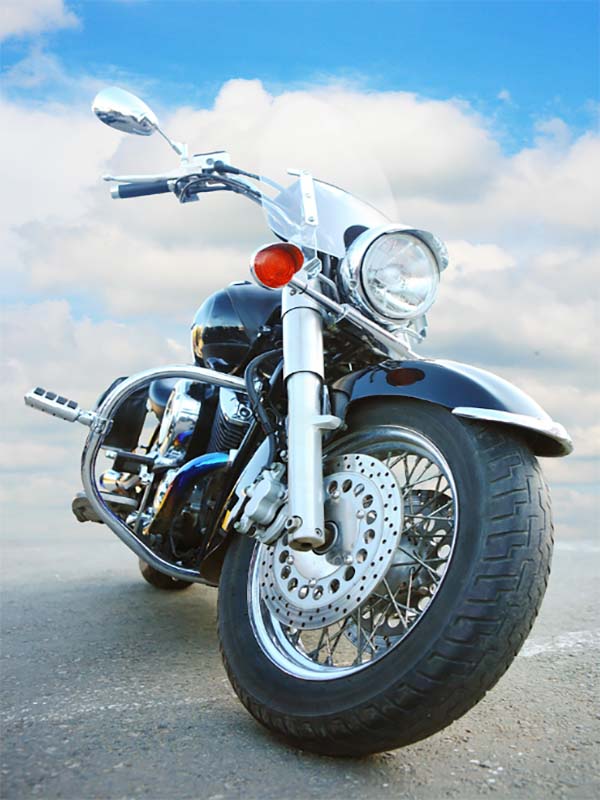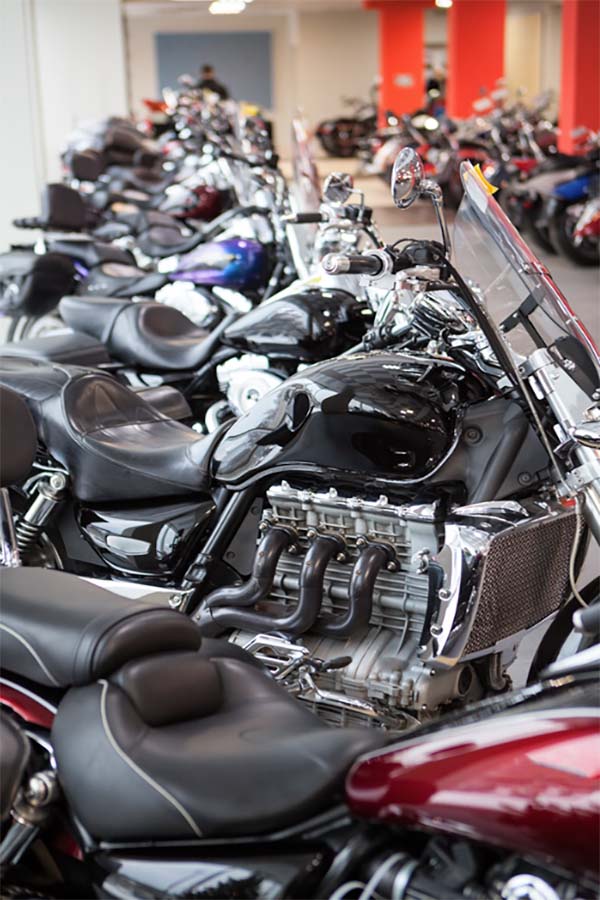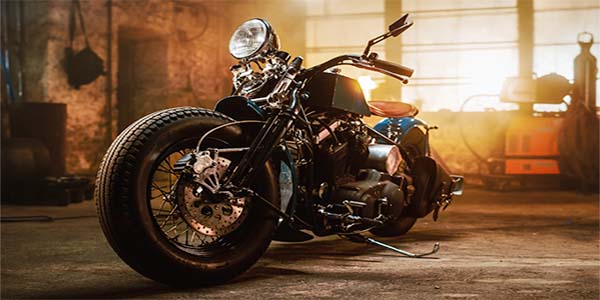Sales of new-model motorcycles increased more than 37.2% in the first quarter of 2021 and appear to be on a growth trajectory scheduled to last throughout the year, according to the Motorcycle Industry Council. Grandview Research projects the total monetary value in sales in the motorcycle market will reach $10.88 billion in the United States by 2025.
As more people make the decision to become motorcycle owners, the interest in protecting that investment continues to grow, too. That’s why it is critical for shop owners and motorcycle enthusiasts alike to better understand what lubricants best provide performance and protection. It is also important to understand that, as motorcycle hardware evolves, so do lubricant performance requirements.

In this article, we will examine why motorcycles need specific lubricant performance attributes and chemistry along with critical information needed to make the right lubricant choice for your bike.
Dedicated Chemistry
Despite common misconceptions, not all oil is created equal when it comes to lubricating motorcycle engines. As with other consumer vehicles, owners want high performance and protection for their investment, which is why using the proper lubricants is so critical to making sure they function properly.
Unlike passenger cars, motorcycle oil lubricates not just the engine, but also the wet-clutch and gears. Motorcycle engines also typically operate at higher speeds and often depend on air to cool the engine. These harsh operating conditions mean that dedicated motorcycle oils must focus on meeting the specific performance needs of the engines with lubricants formulated to not only lubricate, but to work with and protect the motorcycle hardware. Not all owners are aware that using conventional passenger car engine oil in their motorcycles isn’t just ill-advised – in fact, it can cause long-term performance and durability issues.
Using conventional passenger car lubricants in motorcycles can lead to problems like clutch slip, which results in power loss and potential safety concerns. Clutch slip allows the motorcycle to lurch forward due to higher levels of friction modifiers designed to enhance fuel economy performance in passenger cars. Similarly, the use of lower viscosity, fuel economy oils and the absence of extreme pressure anti-wear booster chemistry can result in gear pitting problems in the motorcycle transmission, leading to excessive noise, durability issues and, in extreme cases, catastrophic failure of the engine.
Then, there is the need for specially formulated detergent systems to cope with the higher operating temperature ranges and greater propensity for engine deposits. Formulating the optimal balance of detergents, dispersants, anti-wear additives and antioxidants is necessary to ensure engine cleanliness is maintained for peak performance and durability. An optimized lubricant formulation will not only boost performance and protect hardware, but will also provide a more enjoyable, consistent and reliable riding experience.

Shifting Standards
In the past, motorcycle owners relied on higher-viscosity oils to protect their engines because of the perception that lower-viscosity oils wouldn’t provide enough film strength to adequately protect their hardware. As engine and lubricant technologies continue to evolve, however, the long-held belief that lower-viscosity lubricants are inferior no longer holds true.
Enabled by advanced additive technology formulated specifically for motorcycles, lower-viscosity oils can now (where specified by the manufacturer) provide reliable protection on par with the heavier viscosity grades of yesteryear. Because they are formulated specifically for motorcycle engines, they often improve power, acceleration and fuel efficiency as well – all without compromising durability.
To determine the right oil for your motorcycle, first check your owner’s manual for guidance on the performance specifications (API category) and viscosity grades to use. Once you have found oils meeting the specifications, you can then check whether the oil you’re considering for use in your machine has been specifically formulated and tested for motorcycle use. In most cases, this will mean checking the bottle label to determine if the lubricant has a JASO motorcycle certification.
- For wet clutch motorcycles, this will typically be a JASO MA or MA2 specification oil
- For scooters with external continuous variable transmissions (CVTs), often JASO MB specification oils are recommended for better efficiency while still providing the high temperature performance
If it does carry a JASO specification, it means that oil was tested specifically for use in motorcycle engines. Whether you’re a motorcycle shop owner working on a customer’s bike or an enthusiast working on your own, it’s important to make sure you have the right lubricant for the motorcycle’s benefit. Putting passenger car lubricant in a motorcycle engine is potentially risky, so make sure you’re choosing your lubricant wisely.

Motorcycles are a significant investment, whether for reliable day-to-day transport or for sport/leisure riding, so making sure you’re using the right lubricant is key to protecting your investment. It’s critical to seek lubricants that are specifically designed to protect your motorcycle and in compliance with the manufacturer’s recommended specifications to ensure your bike is protected and performs at its best now, and for many years to come. EB












